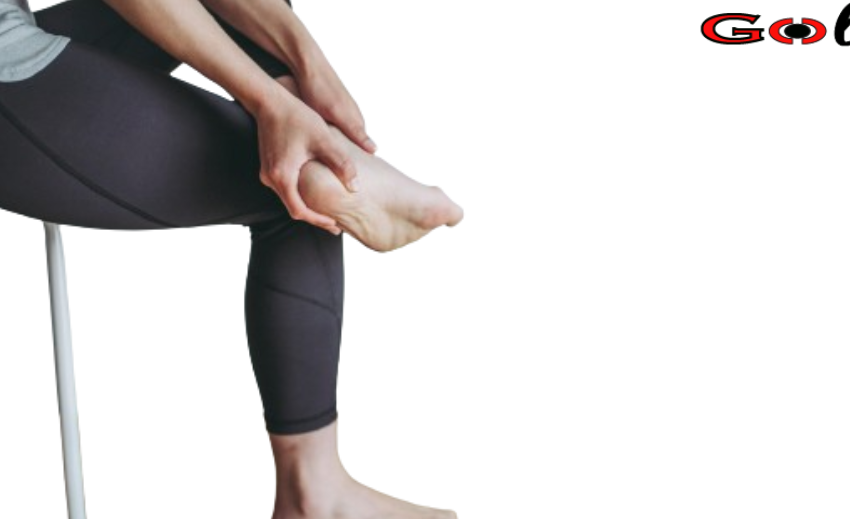Understanding and Treating Back Pain
Title: Understanding and Treating Back Pain
Dealing with back pain is a common concern, since it often requires medical attention and results in work absence. However, many cases of back pain can be prevented. This article explores the symptoms, causes, risk factors, diagnosis, and treatment options associated with back pain.
symptoms:
Back pain is characterized by discomfort that may extend to the legs and feet in certain cases.
Causes and risk factors:
Causes of back pain:
Muscle tension: Often, back pain results from muscle and ligament tension due to incorrect lifting or sudden movements.
Structural problems: Problems within the structure of the back, such as protruding or torn vertebrae, can contribute to back pain. Problems related to a herniated disc may arise, but not all cases lead to pain.
Sciatica: Pressure on nerves due to a protruded or ruptured disc can cause sharp, stabbing pain that extends down the leg.
Arthritis: Osteoarthritis, especially in the pelvis, hands, knees, and lower back, may cause back pain. Spinal stenosis can occur in severe cases.
Skeletal deformities: Abnormal curvatures in the spine, such as scoliosis, can lead to back pain.
Osteoporosis: Brittle bones with gaps can lead to stress fractures of the spine.
Other causes: Rare but serious factors include spinal tumors and infections.
Risk factors:
Factors that increase the likelihood of developing lower back pain include smoking, being overweight, aging, physical exertion, prolonged sitting, high-stress work environments, and depression.
Speechless:
Comprehensive medical tests may not always be necessary for diagnosis. Your orthopedist will usually evaluate your back, evaluating movements, reflexes and muscle spasms. Further tests, such as X-rays, magnetic resonance imaging (MRI), bone scan, or electromyography, may be recommended if serious conditions are suspected.
treatment:
Addiction treatment:
NSAIDs and muscle relaxants are commonly prescribed to relieve mild to moderate back pain.
Narcotic medications such as codeine can be used under medical supervision for a short period.
Over-the-counter medications are often enough to relieve back pain.
Comfort and calm:
Short-term bed rest can be beneficial, but long periods may have harmful effects. If home treatments prove ineffective, medical intervention may be necessary.
Understanding the different aspects of back pain, from its causes to treatment options, is crucial for effective management. While some conditions may require medical attention and prescription medications, many can be treated with self-treatment and proper care at home.



